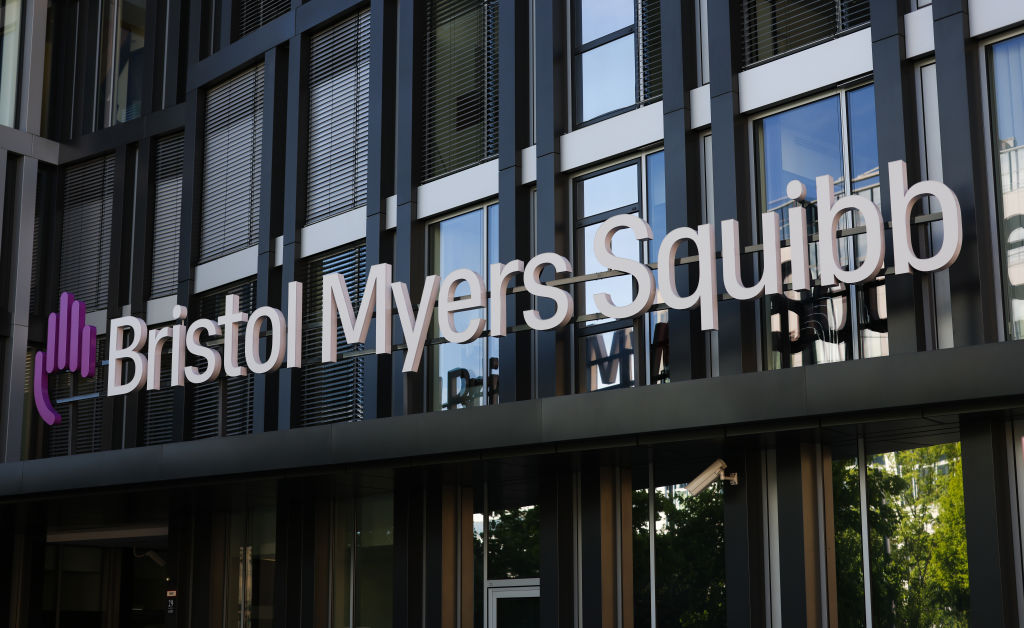
Bristol Myers Squibb’s portfolio includes cell therapies for cancer made from a patient’s own immune cells. The pharmaceutical giant also wants a place in the next generation of cell therapies that can be made in advance and pulled “off the shelf” when needed and it’s committing $150 million to Century Therapeutics in a bet that the biotech’s approach to engineering stem cells helps it achieve that goal.

With the Rise of AI, What IP Disputes in Healthcare Are Likely to Emerge?
Munck Wilson Mandala Partner Greg Howison shared his perspective on some of the legal ramifications around AI, IP, connected devices and the data they generate, in response to emailed questions.
The upfront payment breaks down to $100 million cash and a $50 million equity investment in Century. The agreement announced Monday calls for the Philadelphia-based biotech to develop two programs in acute myeloid leukemia and multiple myeloma. BMS has the option to add two more programs, subject to certain undisclosed conditions.
BMS already has a cell therapy for multiple myeloma. Last March, the FDA approved the pharma giant’s Abecma, a CAR-T therapy. It became BMS’s second FDA-approved CAR-T therapy following the regulatory nod last February for Breyanzi, a treatment for diffuse large B cell lymphoma. Abecma and Breyanzi are both autologous, which means they’re made by taking a patient’s own immune cells and engineering them in a lab, then reinfusing them into the patient. It’s a lengthy, cumbersome, and expensive process.
Century makes its therapies by engineering induced pluripotent stem cells (iPSCs) into becoming one of two types of immune cells, either natural killer cells or T cells. Using the CRISPR gene-editing technology, the company makes changes that can optimize a cell’s performance and prevent its rejection by the patient’s immune system. The biotech isn’t the only company using gene-editing techniques to make allogeneic cell therapies. Nkarta Therapeutics uses CRISPR to edit natural killer cells sourced from healthy donors. That company has a cancer cell therapy partnership with CRISPR Therapeutics.
The approach of Fate Therapeutics more closely resembles Century’s. Fate’s technology can direct iPSCs to become various types of immune cells, including natural killer and T cells. Fate has been working with Johnson & Johnson subsidiary Janssen for the past two years in an alliance focused on developing cell therapies for blood cancers and solid tumors.
According to terms of Century’s agreement with BMS, Century is responsible for candidate discovery and preclinical development. After that, BMS will take over clinical development and, if approved, commercialization of any therapies that come from the alliance. While Century will be responsible for candidate discovery and preclinical research, BMS will reimburse some of the preclinical costs for therapeutic candidates licensed by BMS. Depending on the progress of the four potential programs, Century could receive more than $3 billion in milestone payments. Century would receive royalties from BMS’s sales of therapies commercialized under the agreement. Century may also elect to co-promote the acute myeloid leukemia program and one of the additional programs in the U.S.
“Bristol Myers Squibb is an ideal partner for us because they bring extensive clinical development and scientific expertise in cell therapy that will increase the probability of technical success of these programs,” Century CEO Lalo Flores said in a prepared statement. “Additionally, this collaboration will enable deployment of our next-generation iPSC platform to develop products targeting malignancies that are difficult for biotech companies to tackle on their own.”
Century’s own pipeline currently spans four programs. The company’s most advanced program, a natural killer cell therapy for lymphoma, is expected to be ready for an investigational new drug application filing by the middle of this year.
Photo: Jeremy Moeller, Getty Images














